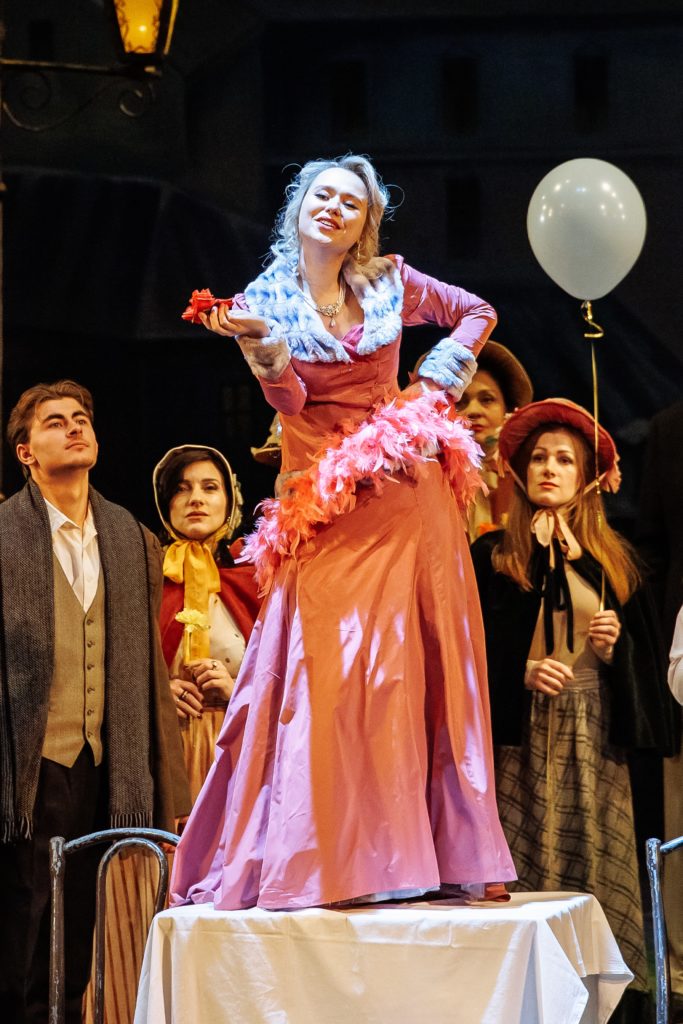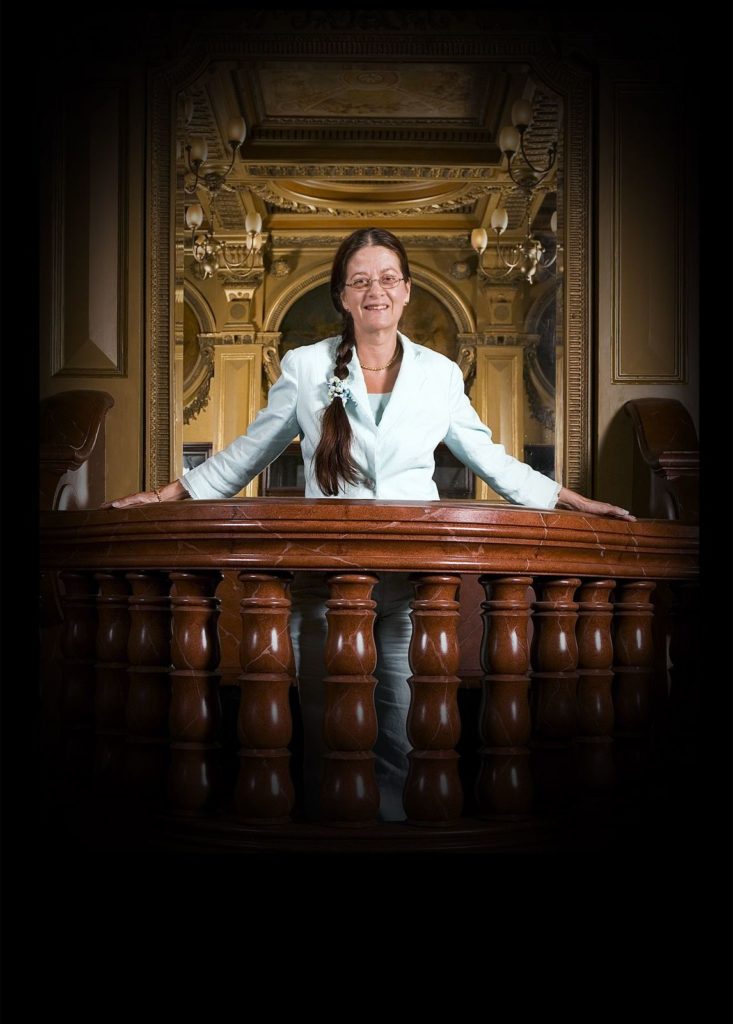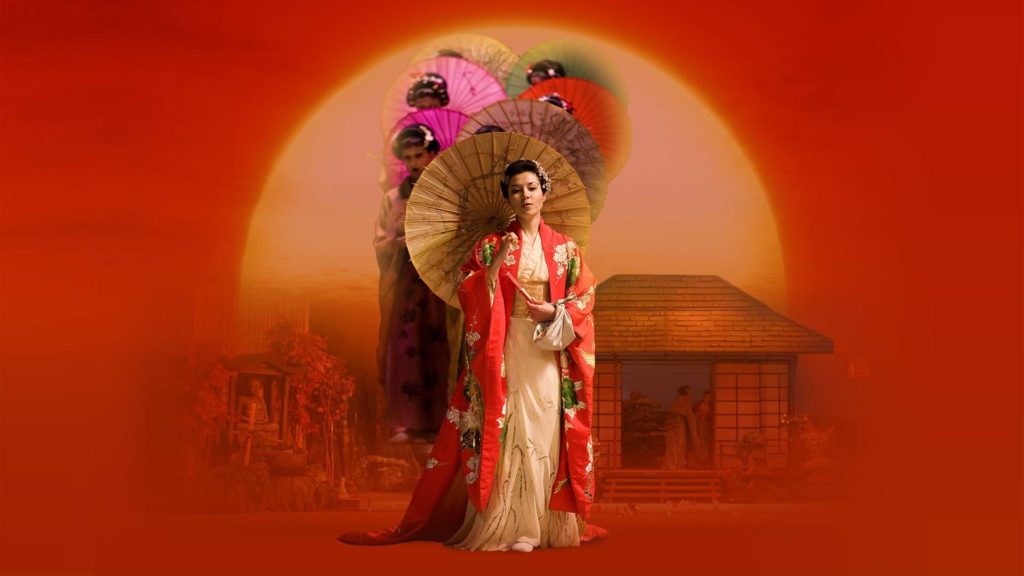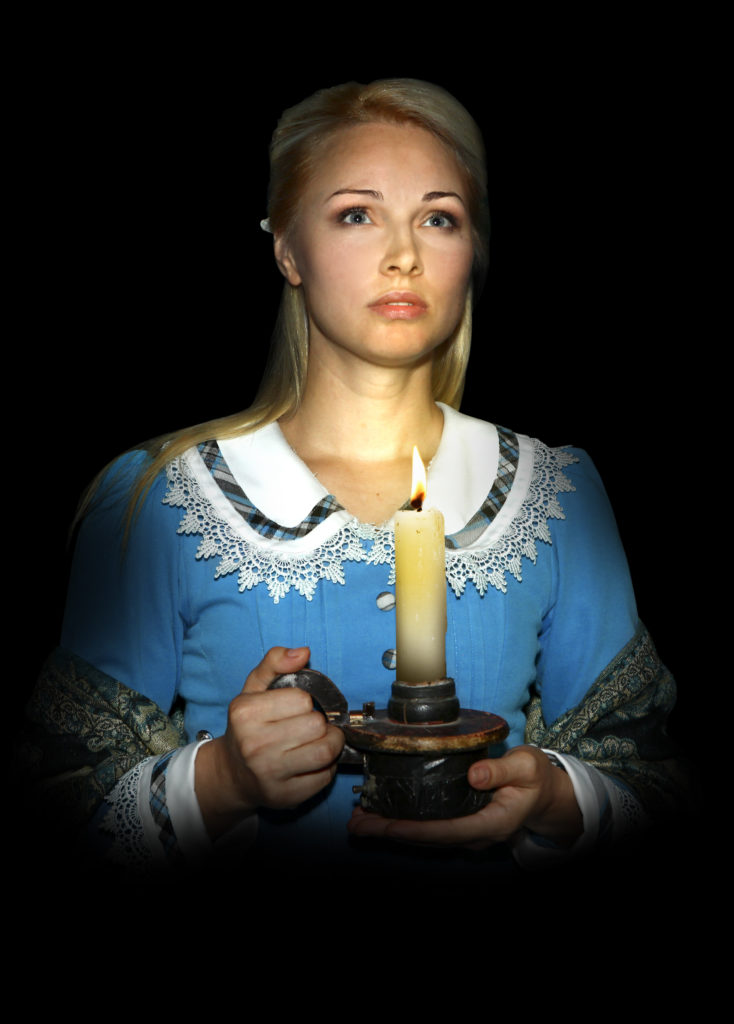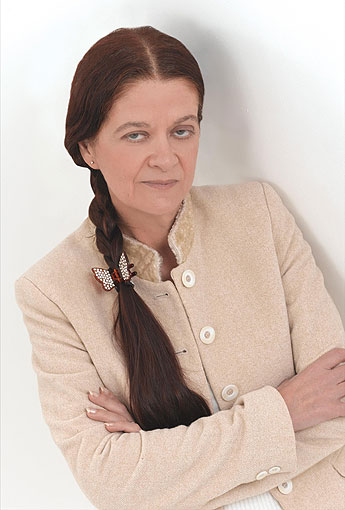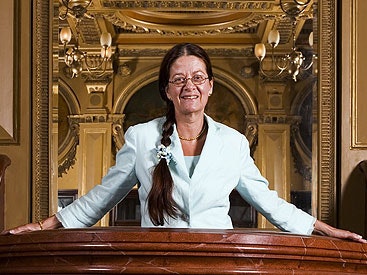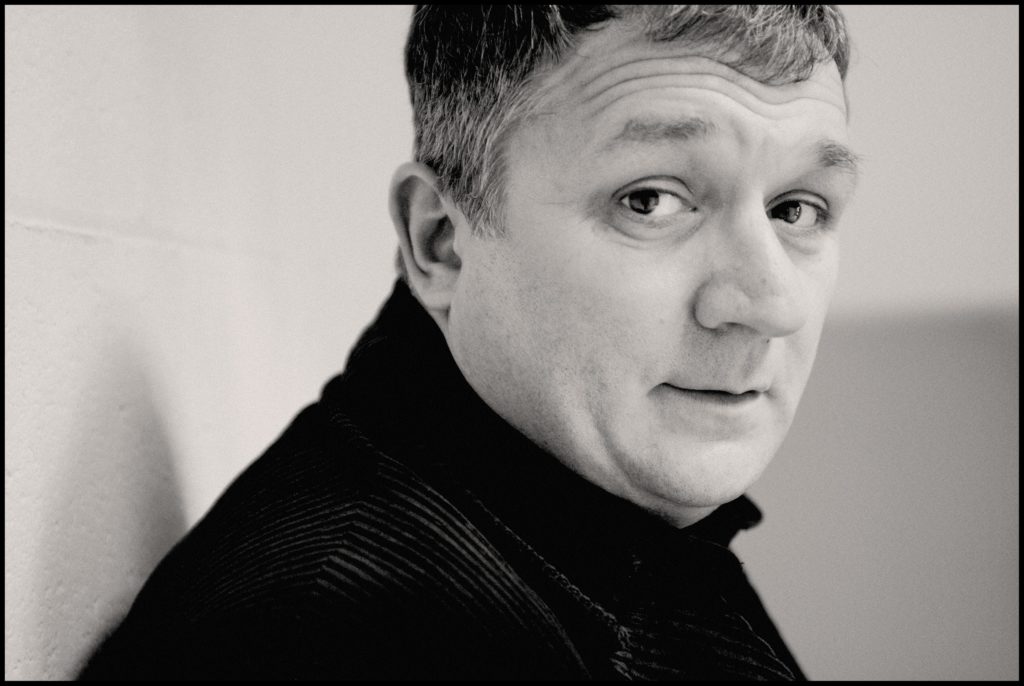
Something to be Smug about: Smug Roberts tops Laugh Out Loud Comedy Club bill today
A CHORUS of song, a clash of operas and an eye for comedy fill Charles Hutchinson’s in-box of entertainment for the week ahead.
Extremely rare chance to see Channel 4 legend: Laugh Out Loud Comedy Club presents Smug Roberts, Russell Arathoon, Oliver Bowler and MC Tony Vino, The Basement, City Screen Picturehouse, York, today, doors 3.30pm for 4pm start
BACK in the day, today’s headline act, Manchester humorist and radio presenter Smug Roberts, released the novelty anthem Meat Pie, Sausage Roll (Come on England, Gi’s A Goal) as Grandad Roberts. Three years earlier, he was discovered by Caroline Aherne when playing his first gig. He has since starred in That Peter Kay Thing, Cold Feet, Phoenix Nights, 24 Hour Party People and Buried.
“Smug is one the great unsung heroes of stand-up comedy and one of comedy’s best-kept secrets,” says promoter Damion Larkin. “His act is a joy to behold. A true superstar, he’s arguably the only non-famous genius among his North West contemporaries, and he’s not very often around in town, so make sure you grab this chance to see him.” Box office: lolcomedyclubs.co.uk.
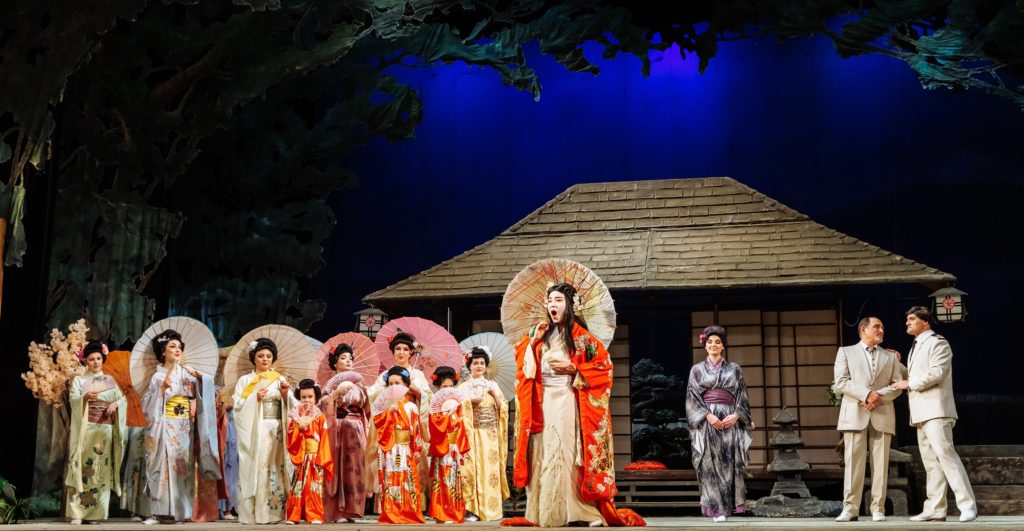
Opera International in Madama Butterfly, on tour from Ukraine at the Grand Opera House, York
Opera dilemma of the day: Either…Senbla presents Opera International’s tour of Ukrainian Opera & Ballet Theatre Kyiv in Madama Butterfly, Grand Opera House, York, tonight, 7.30pm.
BACK by overwhelming public demand, Opera International director Ellen Kent directs Ukrainian Opera & Ballet Theatre Kyiv in Puccini’s Madama Butterfly, the heart-breaking story of the beautiful young Japanese girl who falls in love with an American naval lieutenant.
Expect international soloists, full chorus and orchestra and exquisite sets, including a spectacular Japanese garden and fabulous costume, not least antique wedding kimonos from Japan. Box office: atgtickets.com/york.
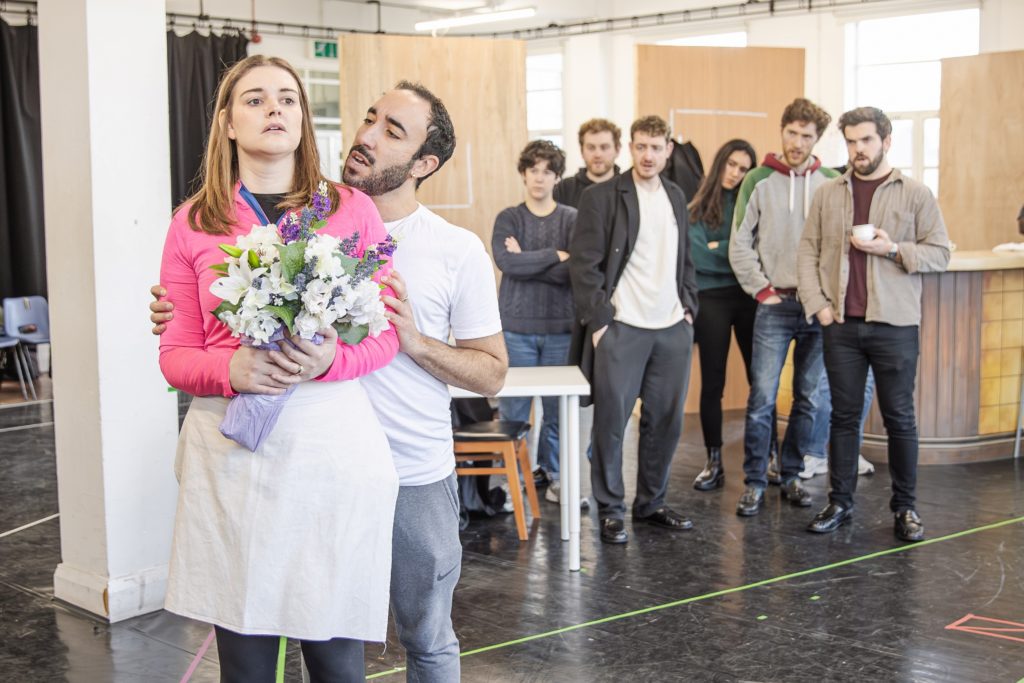
English Touring Opera in rehearsal for The Capulets And The Montagues, playing York Theatre Royal tonight. Picture: Craig Fuller
Or…English Touring Opera in What Dreams May Come, York Theatre Royal Studio, today, 2.30pm; The Capulets And The Montagues, York Theatre Royal, tonight, 7.30pm
ENGLISH Touring Opera return to York Theatre Royal with a brace of Shakespeare-inspired new productions. Mixing puppetry with works by Purcell, Finzi, Amy Beach and Britten, performed by a chamber ensemble, What Dreams May Come draws on hundreds of years of music inspired by and adapted from Shakespeare’s plays and poetry to depict the joys and sorrows of a long life well lived.
The Capulets And The Montagues, Bellini’s gritty re-working of Romeo And Juliet, brings the warring families’ emotional and political struggle to life with devastating power. Soprano Jessica Cale sings the role of Giulietta opposite mezzo-soprano Samantha Price as Romeo. Box office: 01904 623568 or yorktheatreroyal.co.uk.
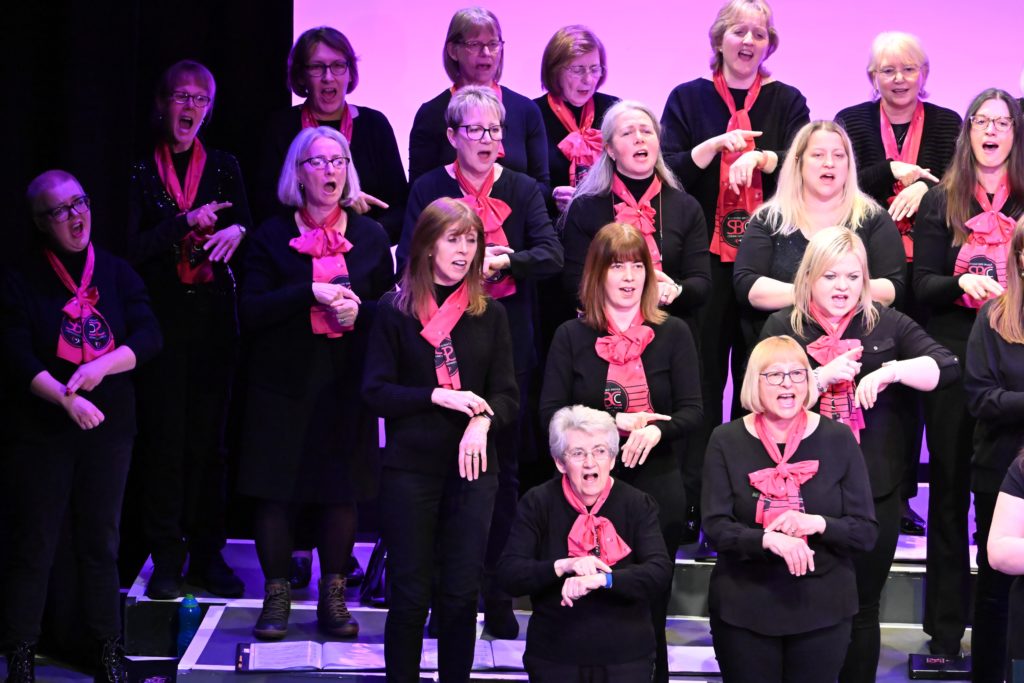
Stamford Bridge Community Choir: Performing at York Community Choir Festival on March 5. Picture: Murray Swain
Festival of the week: York Community Choir Festival, Joseph Rowntree Theatre, York, tomorrow until March 8, 7.30pm nightly, except 6pm tomorrow, plus 2.30pm Saturday matinee
A FESTIVAL that began in 2016 with only 11 choirs now comprises eight concerts showcasing up to five choirs per night. More than 1,250 singers, including school groups and choirs from Harrogate, Selby and Malton as well as York, will perform diverse music styles from pop to classical.
Among the choirs will be Stamford Bridge Community Choir, who will use Makaton signing in their March 5 performance. Full details of all the choirs and their programmes can be found at josephrowntreetheatre.co.uk/whats-on/all-shows/york-community-choir-festival. Box office: 01904 501935 or josephrowntreetheatre.co.uk.
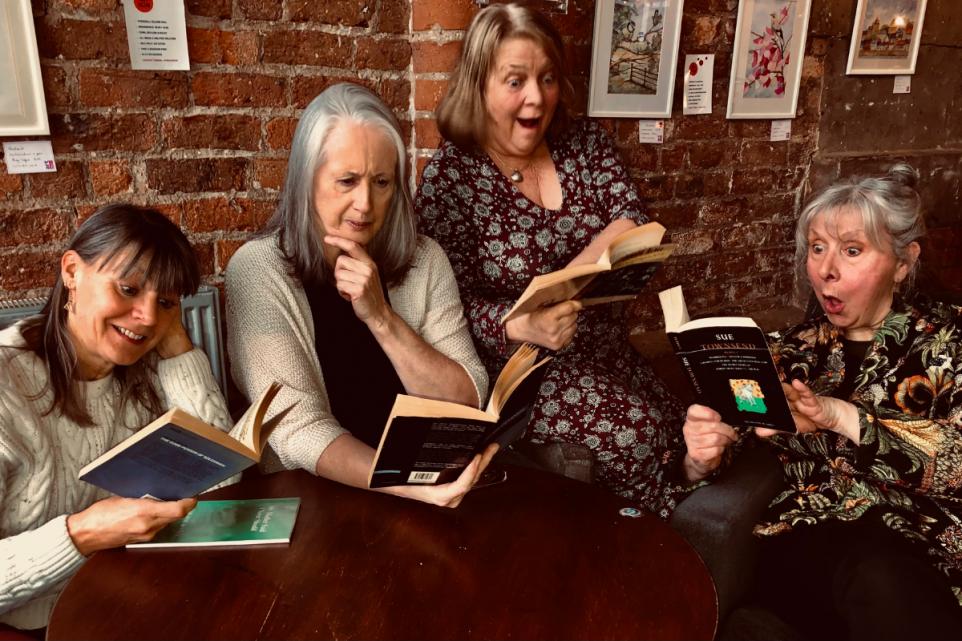
Visible Women company members Caroline Greenwood, left, Linda Fletcher, Helen Wilson and Marie Louise Feeley: Two evenings of monologues for York International Women’s Week
York International Women’s Week (March 3 to 9): Lyrics Of Life by Visible Women, Black Swan Inn, Peasholme Green, York, March 4 and 5, 7.30pm to 9.15pm
VISIBLE Women, a group of “mature female performers” from York, present both well-known and lesser-known monologues over two evenings.
“We met last year in York Settlement Community Players’ production of Terence Rattigan’s Separate Tables, which had good parts for older women,” says York theatre group member Helen Wilson. “But as most playwrights are male, plays tend to be male dominated, so here we are doing our own thing!
“There are still not enough plays giving women of our age a platform. As Visible Women, we want to redress the balance. Let’s move this forward. Come along for an evening of entertainment for a good cause.”
Material by Alan Bennett, Joyce Grenfell and York playwright Sara Murphy, winner of the first Script Factor in York, will feature. Box office: email basicbafmaw@gmail.com or pay on the door. Proceeds from ticket sales (£7 each) will be donated to York Women’s Counselling (yorkwomenscounselling.org).
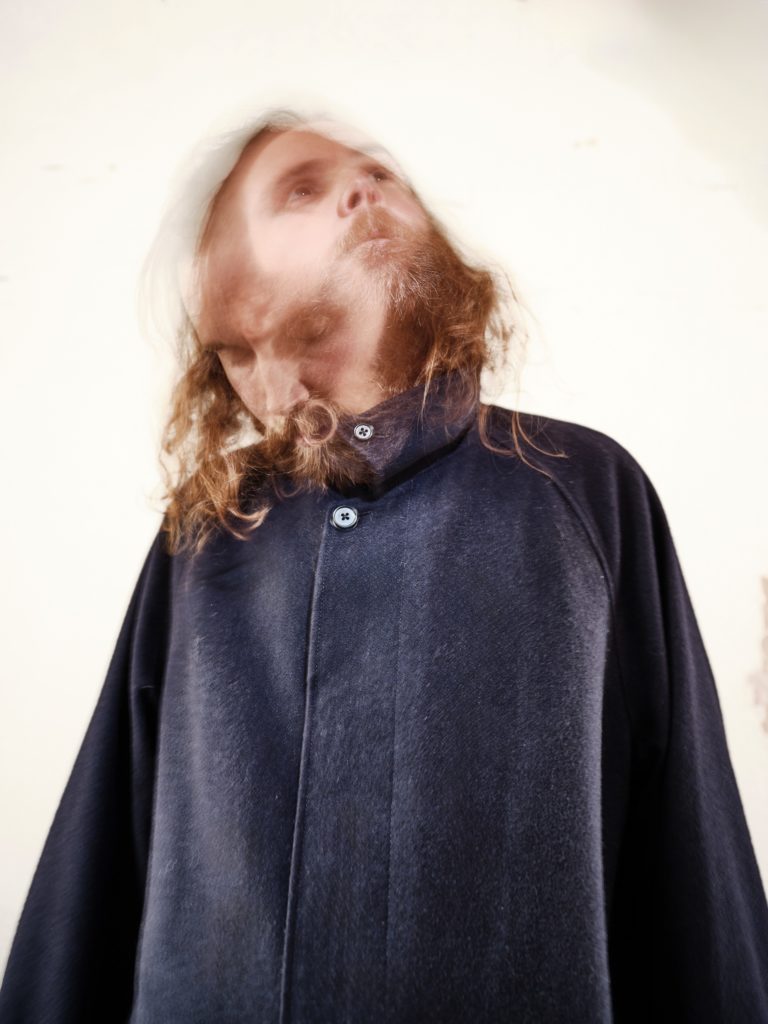
Rob Auton: One in the eye for comedy at The Crescent, York, on March 5
The eyes have it: Rob Auton: The Eyes Open And Shut Show, Burning Duck Comedy Club at The Crescent, York, March 5, 7.30pm; Leeds City Varieties Music Hall, May 3, 7.30pm
“THE Eyes Open And Shut Show is a show about eyes when they are open and eyes when they are shut,” says surrealist York/Barmby Moor comedian, writer, artist, podcaster and actor Rob Auton. “With this show I wanted to explore what I could do to myself and others with language when eyes are open and shut…thinking about what makes me open my eyes and what makes me shut them.” Box office: York, thecrescentyork.com; Leeds, 0113 243 0808 or leedsheritagetheatres.com.

Fíonna Hewitt-Twamley in Myra’s Story, a tragic tale of a middle-aged homeless alcoholic struggling to survive on the streets of Dublin, on tour at the Grand Opera House, York
Charity support of the week: Fíonna Hewitt-Twamley in Myra’s Story, Grand Opera House, York, March 4, 7.30pm
DIRECT from the West End, Irish playwright Brian Foster’s four-time Edinburgh Fringe hit, Myra’s Story, tells the turbulent, tragic tale of a middle-aged homeless alcoholic struggling to survive on the streets of Dublin as she begs from passers-by on Ha’penny Bridge.
Performed by Fíonna Hewitt-Twamley, this show will benefit Restore, the York charity that provides accommodation and support to those who would otherwise be homeless. The charity will be on hand to collect donations. Box office: atgtickets.com/york.
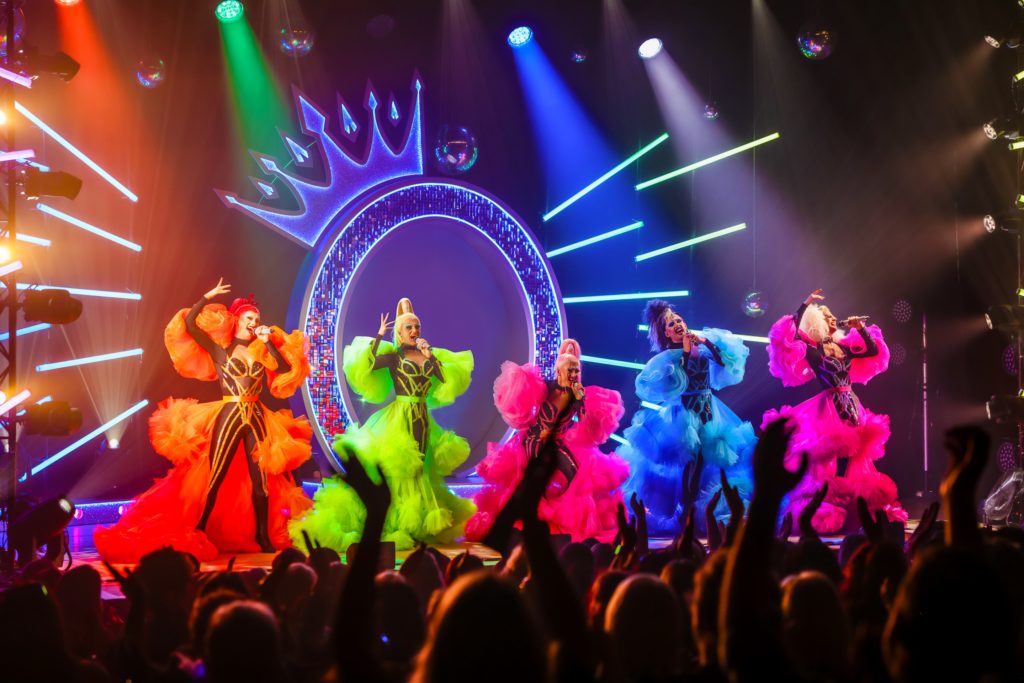
Queenz: On song in Drag Me To The Disco at the Grand Opera House, York
Drag show of the week: Queenz, Drag Me To The Disco, Grand Opera House, York, March 5, 7.30pm
JOIN the gals for “an electrifying, live vocal, drag-stravaganza, where Dancing Queenz and Disco Dreams collide for the party of a lifetime”, created and produced by David Griego. Flying their rainbow-coloured flag high in the sky, Bella Du-Ball, Dior Montay, Candy Caned, Billie Eyelash and ZeZe Van Cartier serve up sass, singalongs and a message of love, equality and acceptance.
Craig Colley, alias Billie Eyelash, says: “Drag queens really do come in all shapes and sizes, but if you want to see some hilarious, stupidly talented, beautiful and of course humble ones, Queenz really is the show for you.” Age guidance: 14 plus. Box office: atgtickets.com/york.
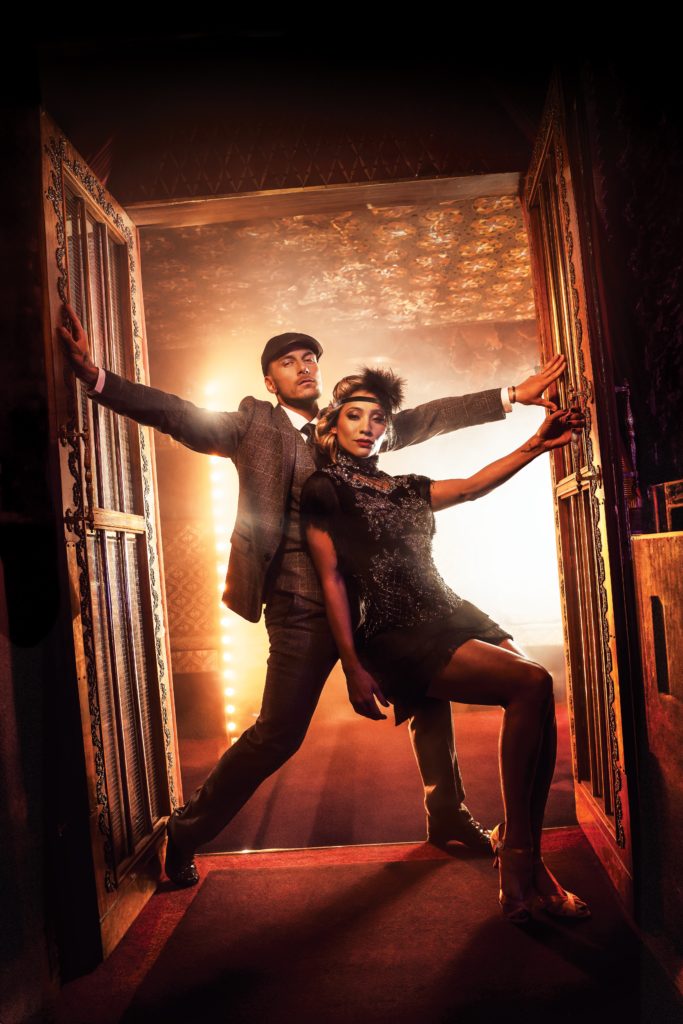
Gorka Marquez and Karen Hauer: On Speakeasy terms at York Barbican
Dance spectacular of the week: Karen Hauer and Gorka Marquez, Speakeasy, York Barbican, March 6, 7.30pm
STRICTLY Come Dancing professionals Karen Hauer and Gorka Marquez follow up Firedance with new show Speakeasy on their biggest tour so far. Expect exhilarating live music and breathtaking choreography as they unlock the door to an undercover world of elegance and iconic dance flavours.
From the clandestine New York Speakeasy to the sultry Havana dance floors and from the burlesque cabaret clubs of the mid-1900s to the glittering mirror balls of Studio 54, this “delicious dance experience” serves up Mamba, Salsa, Charleston, Foxtrot and Samba moves. Box office: yorkbarbican.co.uk. Also taking to the Yorkshire dance floor at Hull City Hall, March 5; Sheffield City Hall, March 9, and Bradford St George’s Hall, March 15.
In Focus: York Late Music presents Trifarious: Roger Marsh At 75, today, 1pm; Elysian Singers, Arvo Pärt At 90, today, 7.30pm, both at Unitarian Chapel, St Saviourgate, York

Trifarious: Marking Roger Marsh At 75 with this afternoon’s concert
YORK Late Music celebrates the music of Roger Marsh, a major contributor to the music and academic life during his time as Professor of Music at the University of York (1989 – 2019).
The programme includes works by Luciano Berio and Toru Takemitsu, who both have had a strong influence on his music, alongside pieces by two of his former students, Tom Armstrong and David Power.
Roger is coming over from France to hear this Roger Marsh At 75 concert.
Programme: Roger Marsh: Ferry Music; Tom Armstrong: The Chief Inspector Of Holes; David Power: Six De Chirico Miniatures – first performance; Toru Takemitsu: A Bird Came Down The Walk; Luciano Berio: Wasserklavier; Luciano Berio: Erdenklavier, and Roger Marsh: Easy Steps.
Here are Roger’s programme notes for the two works:
Ferry Music (1988) – for clarinet, piano and cello. This trio is composed around material originally invented for a music theatre piece Love On The Rocks – a piece concerning the mythical Charon, who poled the dead across the river into Hades.
The piece is in five short movements, and the ferry takes approximately eight minutes to complete the crossing. For today’s performance the cello part has been rewritten for viola by Tom Armstrong.
Easy Steps (1987) – for solo piano. The title Easy Steps may be misleading. For the performer there is nothing easy aboutthis piece, some passages requiring a level of virtuosity which the Associated Board mayfind difficult to quantify.
Rather the title has to do with the structure of the piece –alternating sections, horizontally then vertically conceived, increasing in complexity byeasy steps.

Elysian Singers: Celebrating Arvo Pärt At 90 tonight. Picture: Linda Dawson
Elysian Singers: Arvo Pärt At 90
AS the great Estonian composer Arvo Pärt turns 90 this year, the Elysian Singers celebrate his enormous contribution to choral music over the last half century. York Late Music includes two of his most substantial unaccompanied pieces, alongside works by Baltic and American composers who were influenced by him.
Programme: Arvo Pärt: Nunc Dimittis; Ola Gjeilo: Ubi Caritas; Eriks Esenvalds: The Heavens’ Flock; Morten Lauridsen: Madrigali; Eric Whitacre: When David Heard; David Lancaster: Of Trumpets And Angels – first performance, and Arvo Pärt: Seven Magnificat Antiphons
Here is David Lancaster’s programme note for Of Trumpets And Angels:
THIS new is a setting of John Donne’s Holy Sonnett XIII (What if this present were the world’s last night). This text contemplates the possibility of the current moment being the end of the world – something we may have all considered in recent days!
With this in mind, he focuses on the image of Christ crucified, questioning whether or not he should be afraid. He observes Christ’s tears and the blood from his wounds, wondering if such a compassionate figure could ever condemn him to damnation.
In the sestet, Donne seeks to atone for his earlier sins, in particular his love for ‘profane mistresses’, recognising the fallacy of making judgements based on outward appearance alone, and concluding that a beautiful appearance (like that of Christ) is indicative of a compassionate and merciful mindset.

